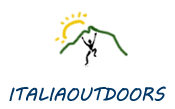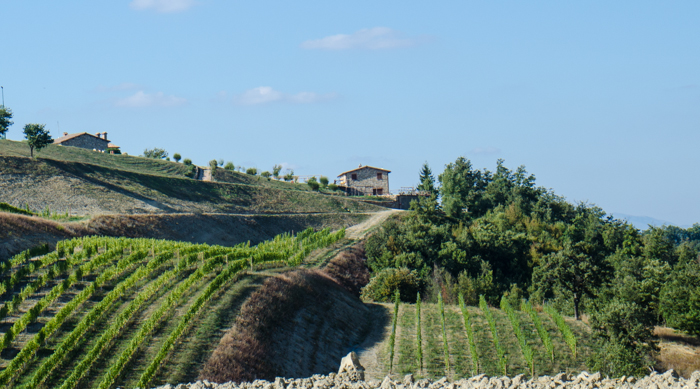
Wine production dates back to ancient times in Umbria. Archaeological artifacts show evidence that the Etruscans engaged in viticulture along the banks of the Tiber River well before the Romans came to this region. The Romans did soon, however, develop a taste for these wines. Around the 12th century, Orvieto was a summer retreat for the Popes, and the then thick, sweet white wine from this area was shipped daily for Rome.
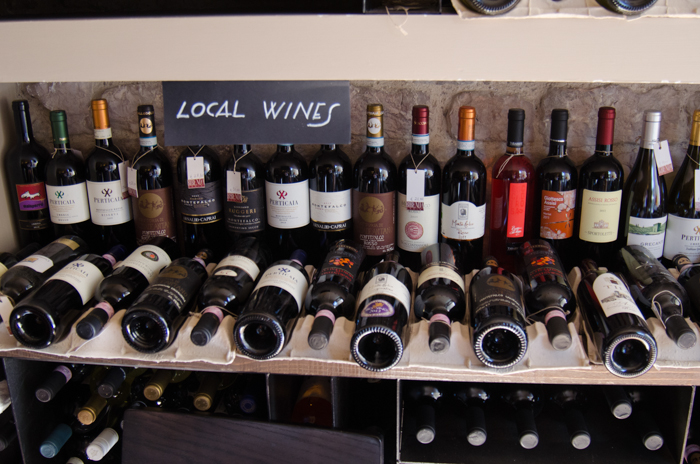
Umbria is landlocked, and enclosed on three sides by the Apennines mountains, but the many rivers that flow through the region bring with them warmer air from the Mediterranean. The interplay of these warmer air currents with the cool air that flows down from the Apennines provides the ideal environment for viticulture. But winemaking in Umbria has always competed with olive oil production and grain cultivation, so Umbrian wines are still hard to come by outside of the region.
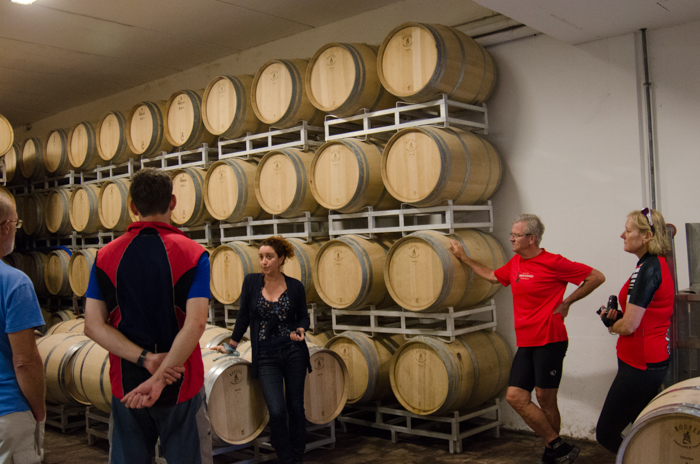
Centuries ago, the grapevines were interspersed among trees such as maple, elm, and even olive. The trees acted as natural trellises, raising the grapes off the ground so they could ripen without rotting. As recently as the 1970s, wine production in Umbria was basically a farmhouse operation making wines for local consumption. That changed with the emergence of Lungarotti, who was the first Umbrian wine maker to become a true commercial entity. Today, Lungarotti produces close to 3 million bottles of wine a year, and famous names are investing in the region, such as La Fiorita-Lamborghini and Tuscan producer Antinori. During our visits, we see acres of vineyards devoted to ‘monoculture’ of grapes using formal trellis systems throughout Umbria’s now 13 DOC and 2 DOCG wine zones.
The Wine Zones of Umbria
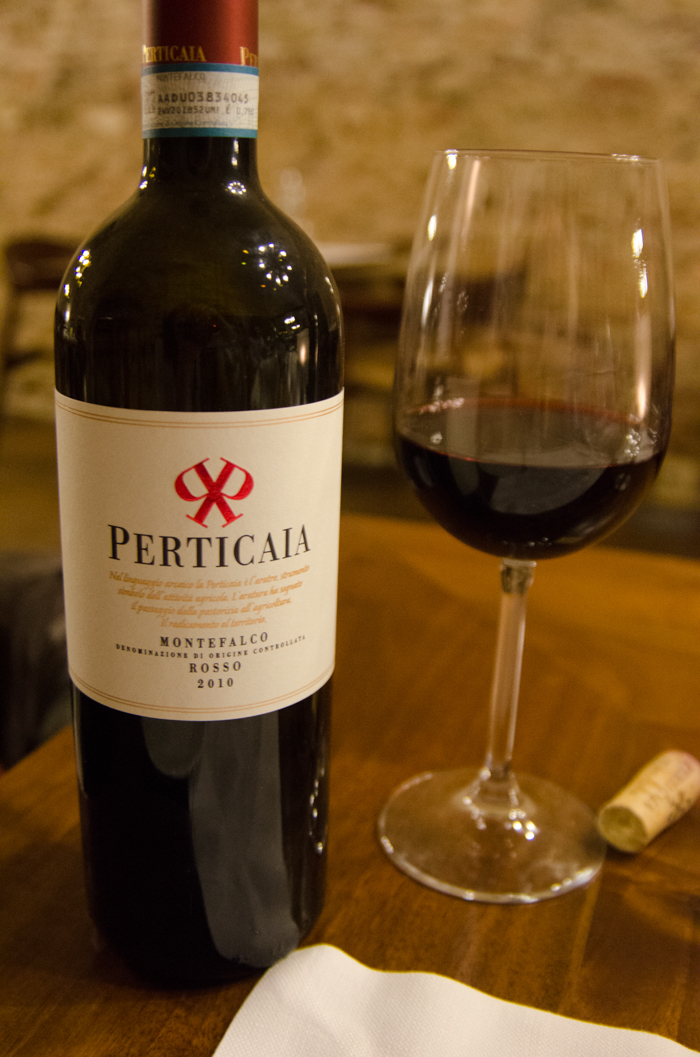
Sagrantino di Montefalco DOCG
Torgiano Rosso Riserva DOCG
Assisi DOC
Colli Altotiberini DOC
Colli Amerini DOC
Colli del Trasimeno DOC
Colli Martani DOC
Colli Perugini DOC
Lago di Corbara DOC
Montefalco DOC
Orvieto DOC
Rosso Orvietano DOC
Spoleto DOC
Todi DOC
Torgiano DOC


